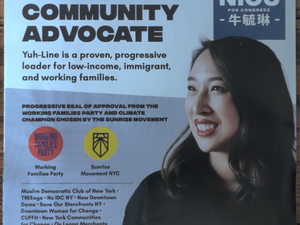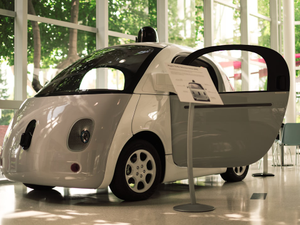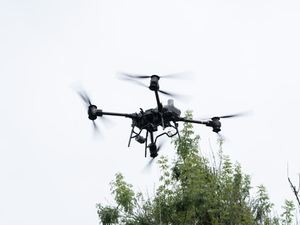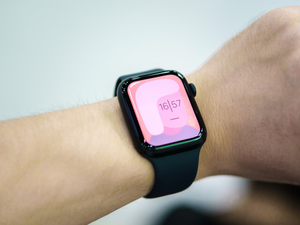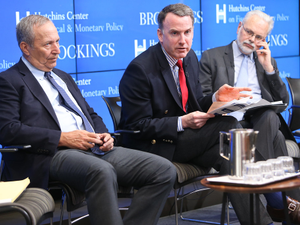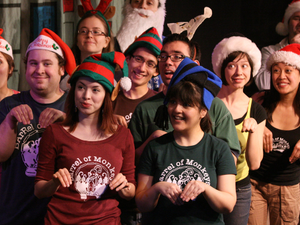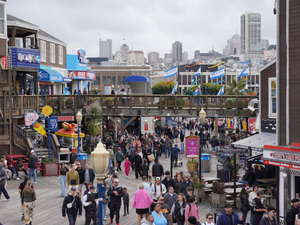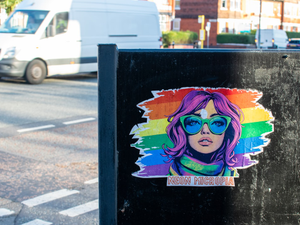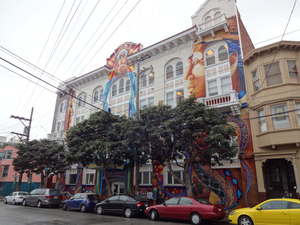The Bay Area's Office Culture is Shifting: Remote Work Loses Its Pandemic Charm

The days of pajama-clad Zoom meetings and mid-morning bread baking are quietly fading in the San Francisco Bay Area. A recent poll reveals a significant shift in workplace dynamics, with nearly two-thirds of employed professionals now working fully in-person, compared to less than half just a year ago.
The pandemic-era flexibility that transformed how we work is giving way to a more traditional office environment, particularly in tech-intensive sectors. Russell Hancock, president of Joint Venture Silicon Valley, notes a stark change: “The game’s up, we need you back in the office,” has become the prevailing sentiment among employers.
Tech giants like Amazon have already mandated full-time office returns, signaling a broader trend across the industry. While companies like Google and Meta maintain hybrid models, the push towards in-person collaboration is growing stronger.
This shift isn’t without consequences. Downtown areas, especially in San Jose and San Francisco, continue to feel the economic impact of reduced foot traffic. Local businesses like Mystérieux Hair Salon in downtown San Jose have struggled with reduced daytime activity, though there are signs of gradual recovery.
For workers, the transition presents mixed feelings. Some, like Maria Palomares, are resuming pre-pandemic routines of buying lunch downtown, while others like Juanita Alvarez remain committed to remote work flexibility.
Office vacancy rates in the Bay Area remain high at 24%, significantly above the national average of 19%. Experts like Santa Clara County Assessor Greg Monteverde suggest that while work-from-home practices won’t disappear entirely, the landscape is fundamentally changing.
Transit ridership and highway congestion are also stabilizing, indicating a potential return to pre-pandemic commuting patterns. As businesses reassert in-person work cultures, employees are adapting to new expectations and reimagining workplace dynamics.
The Bay Area continues to be a bellwether for workplace trends, with this latest shift suggesting that the radical workplace transformations of 2020 are evolving into more nuanced, hybrid approaches.
AUTHOR: rjv
SOURCE: The Mercury News




